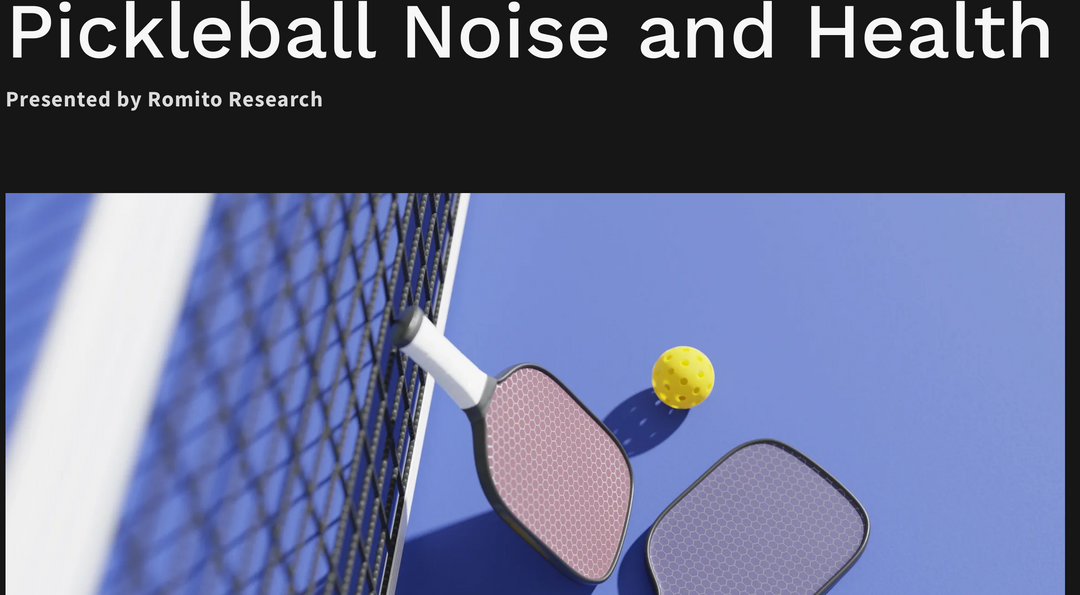Addressing the Noise Problem in Pickleball: A Call for Understanding and Action
As the popularity of pickleball continues to surge, so do the concerns surrounding its impact on residential communities. Jason Flamm’s recent article, “It’s Time to Admit We Have a Problem, Pickleballers,” sheds light on an issue that many of us may have overlooked or dismissed too quickly: the noise created by pickleball gameplay. While it’s easy to brush off complaints as mere grumbling, the reality is that for some, the persistent noise is a genuine and significant problem.
Understanding the Other Side
Like many pickleball enthusiasts, it’s tempting to roll our eyes when we hear complaints about the noise. However, as Flamm points out, taking the time to listen to those affected can lead to a better understanding of the challenges they face. The story of Nalini Lasiewicz and the efforts of the Pickleball Noise Relief Group illustrate that these concerns are not just about disliking the sport but about the impact on mental and physical well-being caused by chronic noise exposure.
The Reality of Pickleball Noise
The sound of a pickleball paddle hitting a ball, while satisfying to players, can be an ongoing nuisance to those living nearby. Studies mentioned in Flamm’s article reveal that the noise levels from pickleball can exceed safe limits, especially when courts are situated close to homes. With some communities experiencing up to 45,000 noise events per day, it’s clear that this issue requires more than just a dismissive response.
Moving Toward Solutions
So, what can be done? Flamm and Lasiewicz suggest that rather than ignoring or downplaying the problem, pickleball players and local governments should work together to find solutions. This could include testing quieter paddles and balls, building courts at a safe distance from homes, or even reverting courts back to tennis use where necessary.
At WhisperPaddles, we’re committed to being part of the solution. Our innovative, noise-dampening paddle covers are designed to reduce the sound of play while maintaining the high performance players expect. We believe that by embracing these advancements, we can help create a more harmonious relationship between pickleball enthusiasts and their communities.
A Call to Action
As pickleballers, we have a responsibility to consider how our beloved sport affects those around us. Flamm’s article is a reminder that empathy and understanding should guide our approach to this issue. By acknowledging the problem and actively seeking solutions, we can ensure that pickleball continues to grow without sacrificing the peace of our neighborhoods.
For more insights and the full article, read Jason Flamm’s “It’s Time to Admit We Have a Problem, Pickleballers” here.
Related Products:
By making thoughtful choices and supporting quiet-play innovations, we can all play our part in preserving the enjoyment of pickleball for everyone.






